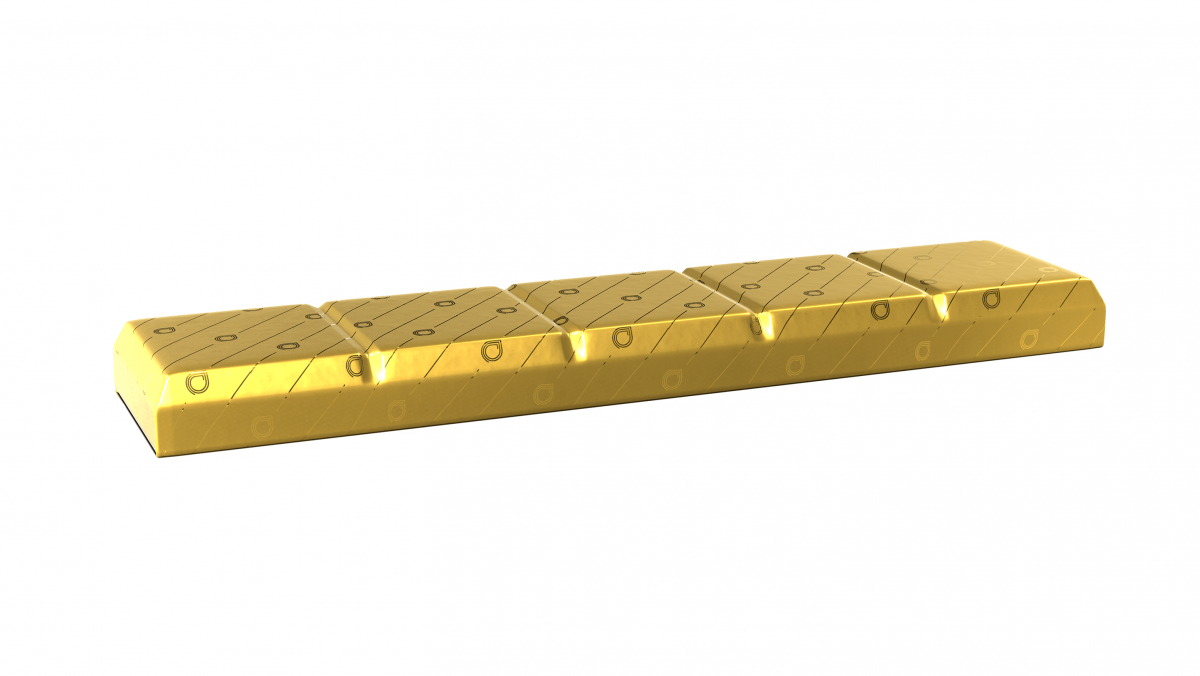What goes into chocolate packaging?
Whether it’s milk, semisweet or 90% cacao, if there’s one thing that most people agree on, it’s that chocolate is delicious. The $103 billion chocolate industry is only set to keep growing, reflecting a taste on the part of consumers for rich, indulgent treats. A glance at the chocolate section of any supermarket will reveal a range of creative, eye-catching designs as brands compete to get the attention of consumers. But beyond good looks, what’s needed to create great chocolate packaging?
- Barrier properties: chocolate wrappers need to offer good barrier properties and resistance to grease and moisture while prolonging the shelf life of the product.
- Food safety: as wrap is in direct contact with the chocolate bar itself, it needs to ensure no harmful chemicals leach into the product or alterate its appearance or taste.
- Durability: chocolate packaging has to protect its contents throughout the delivery and storage process and ensure it reaches customers looking as good as it tastes.

Many chocolate brands opt for two layers of packaging, with a layer of aluminium foil under a paper sleeve. But as consumers increasingly turn to products with minimal packaging for environmental reasons, this can be perceived as excessive. AR Metallizing has developed metallized paper chocolate wrappers that can are suitable for direct food contact and can be easily printed on, eliminating the need for an extra layer of packaging. What’s more, they’re 100% recyclable.